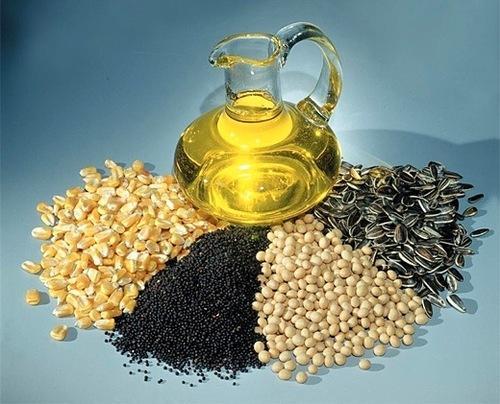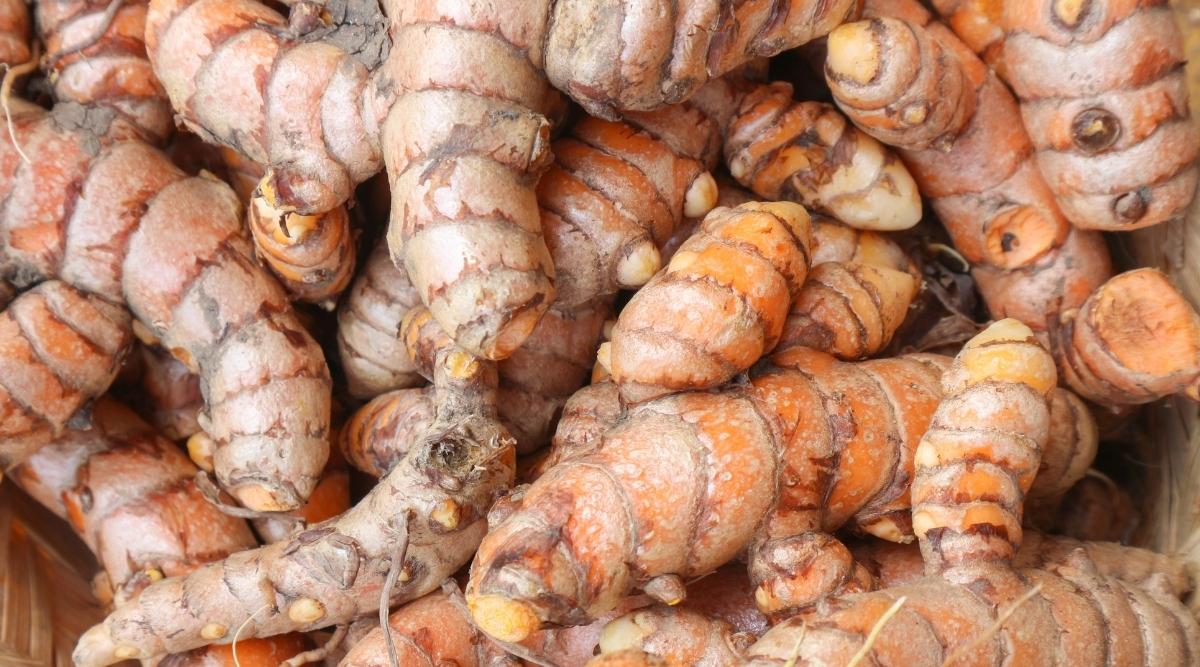Jeera prices increased 2.85% to settle at 27,830, mostly due to a decrease in arrivals and a refusal on the part of farmers and stockists to release their supplies at the existing rates. Because of this careful approach, supply became more limited, which helped drive up prices.
While it was a little rise from the previous week’s 8.6 thousand tonnes to the first week of May’s 9.3 thousand tonnes of jeera arriving in key APMC mandies across India, supply restrictions were still present. Prices were supported in large part by export demand, with more increases anticipated.
In the face of tighter global supply, customers worldwide demonstrated a preference for Indian jeera, resulting in strong export demand. Stockists’ aggressive purchases also contributed to the market’s positive attitude. Production was significantly increased due to excellent weather and an increase in the sowing area in Gujarat and Rajasthan, two important cumin-producing regions.
Only Gujarat is expected to have produced a record 4.08 lakh tonnes, almost twice as much as the previous year. Rajasthan had a 53% rise in output as well. Exports of cumin are predicted to rise significantly as a result of this output boom, possibly reaching 14,000–15,000 tonnes by February 2024.

